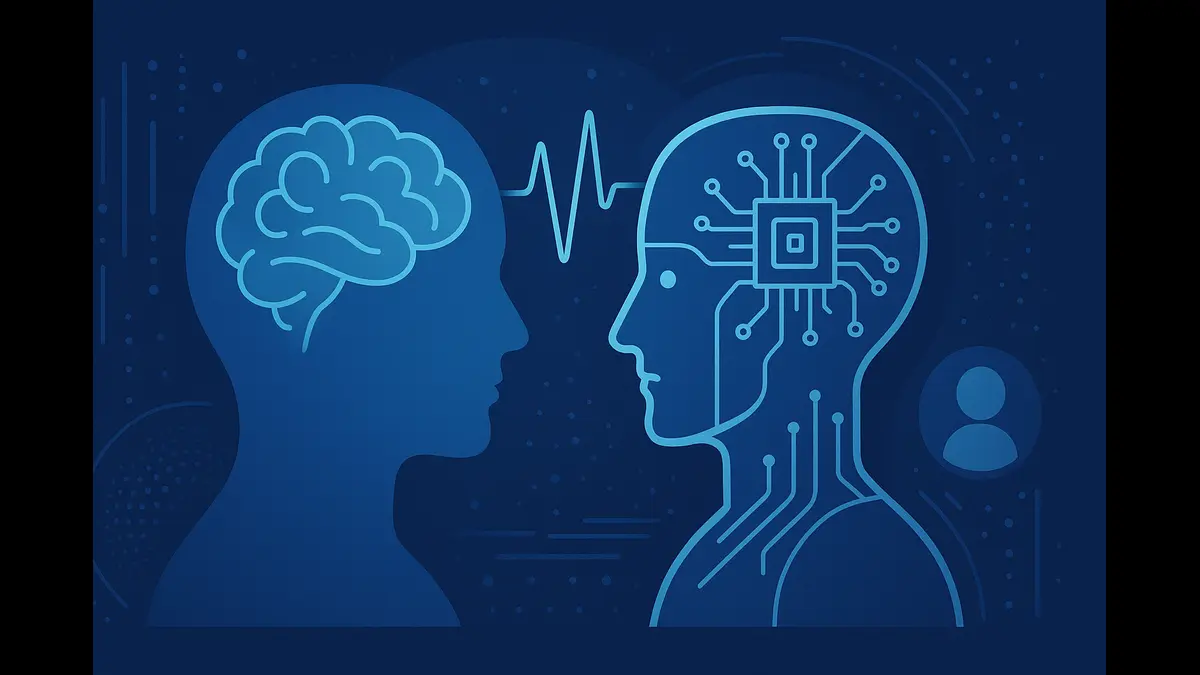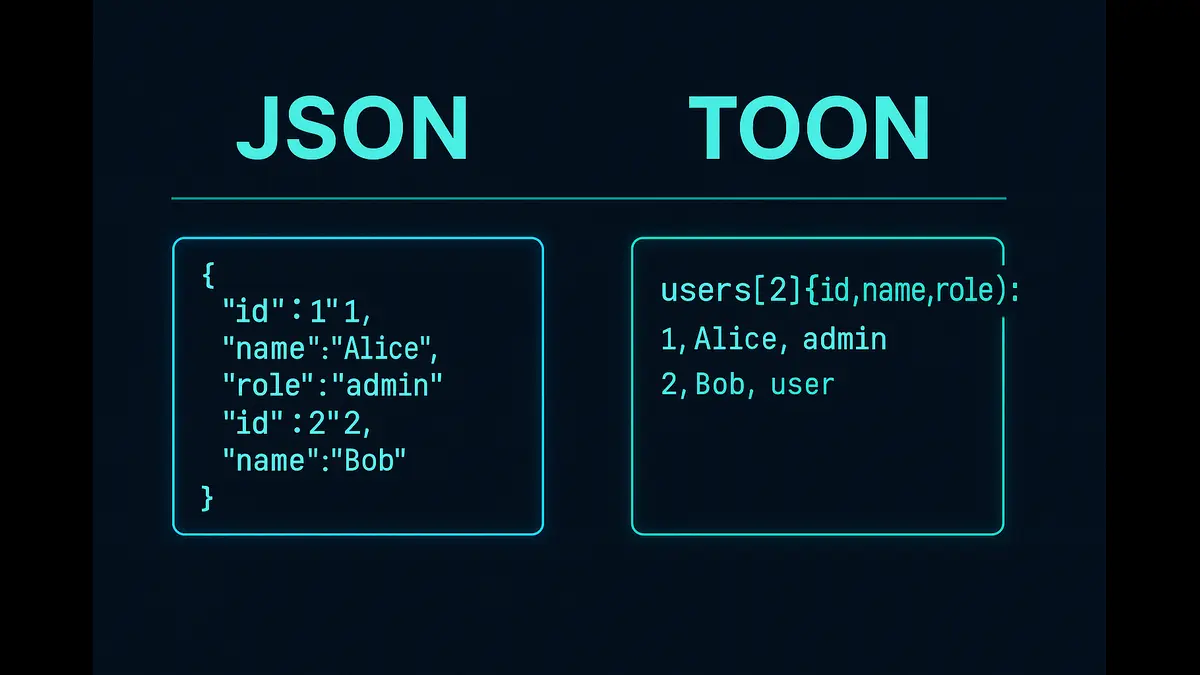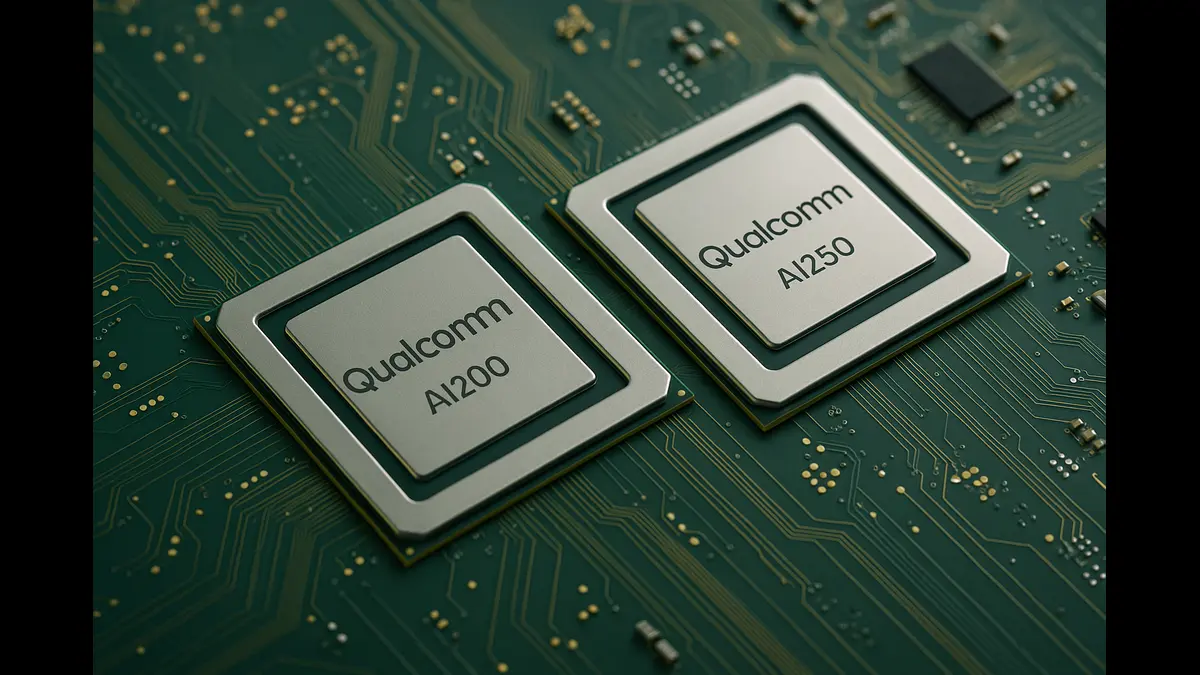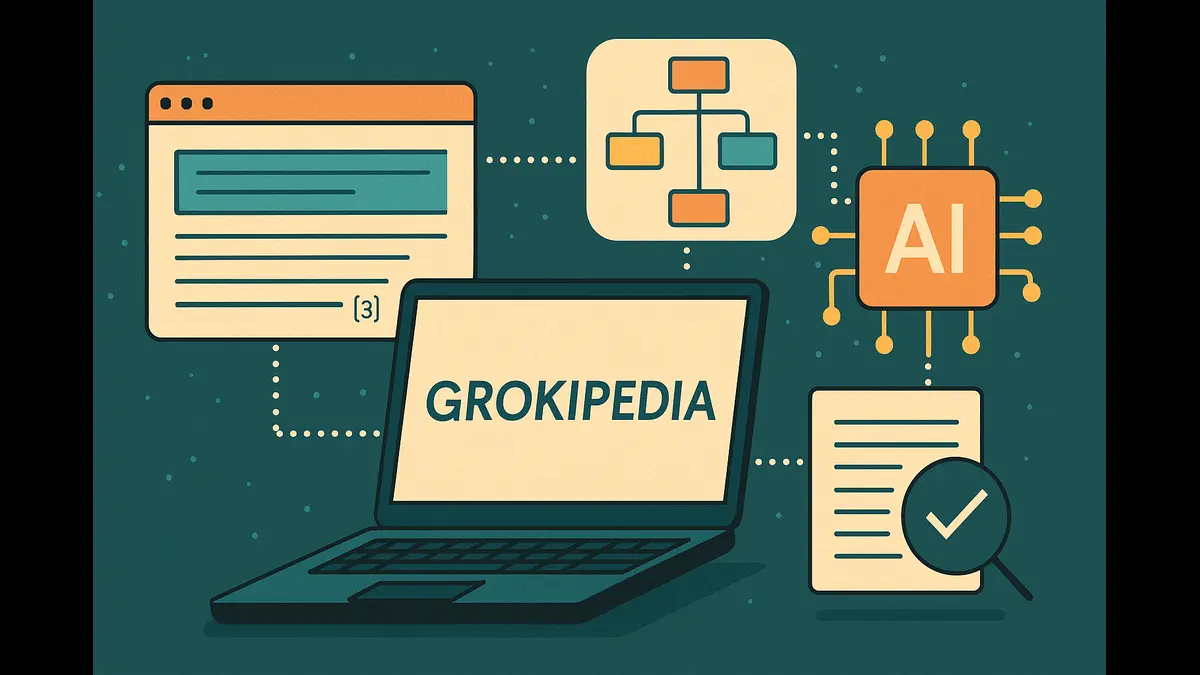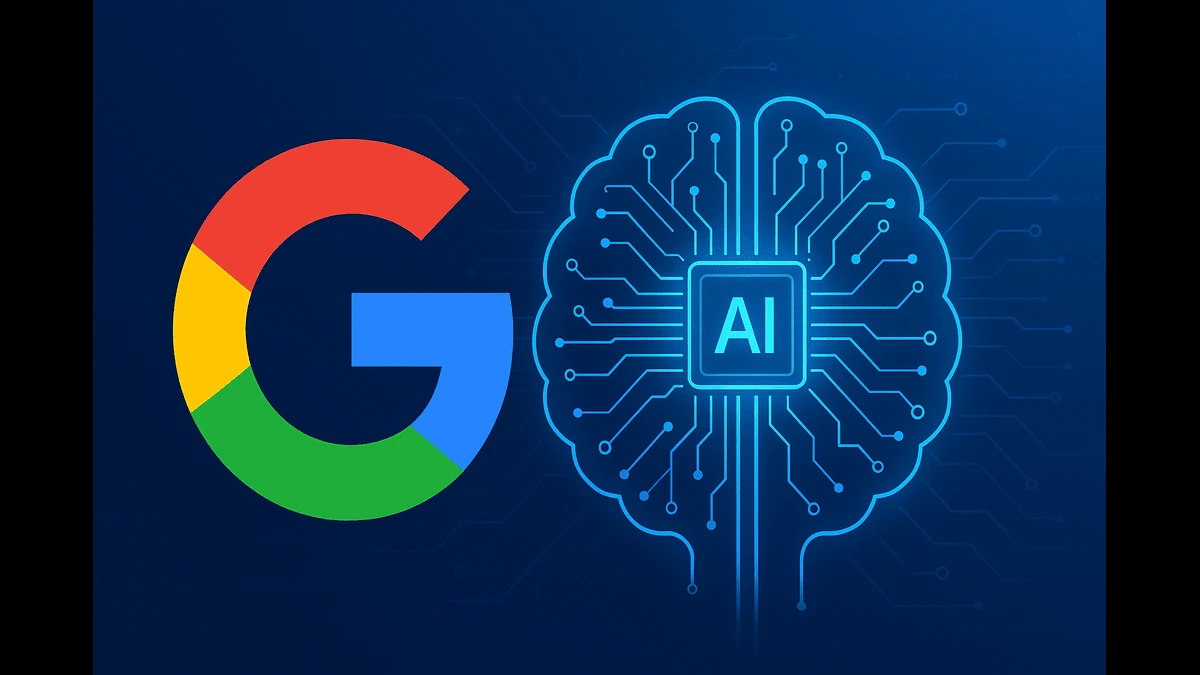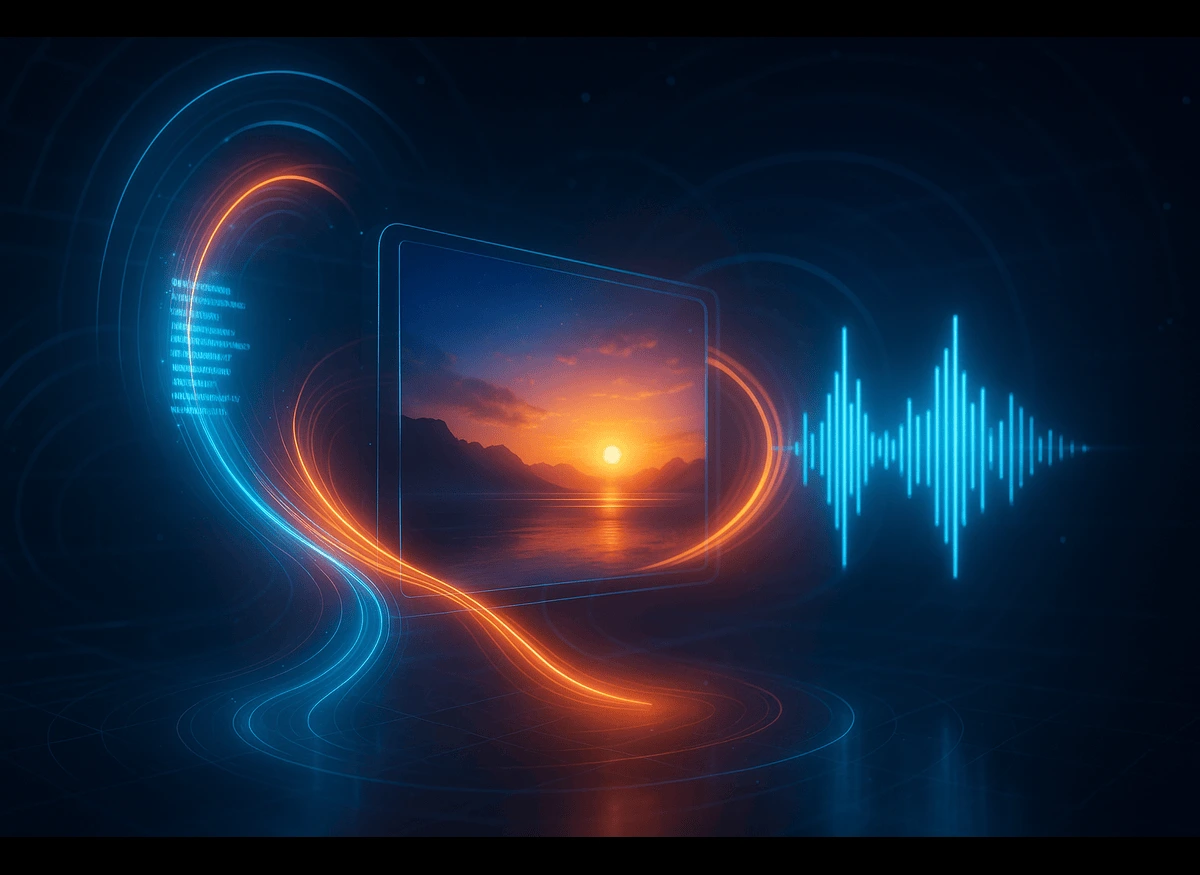
Panasonic and UCLA unveil OmniFlow, a multimodal AI system enabling seamless text, image, and audio conversions—set to debut at CVPR 2025.
In a significant leap forward for artificial intelligence, Panasonic Holdings Co., Ltd., in collaboration with Panasonic R&D Company of America and the University of California, Los Angeles (UCLA), has introduced “OmniFlow,” a groundbreaking multimodal generative AI. This innovative technology is designed to enable seamless “Any-to-Any” conversion between text, images, and audio. Accepted for presentation at the prestigious Computer Vision and Pattern Recognition (CVPR) conference in Nashville, USA, from June 11–15, 2025, OmniFlow is poised to redefine how multimodal AI systems are developed and deployed.
What is OmniFlow?
OmniFlow is a multimodal generative AI system that allows for flexible and efficient conversion between different data formats—text, images, and audio—without the need for extensive, manually curated datasets. Traditional multimodal AI models often rely on large, aligned datasets that pair data types (e.g., an image with its corresponding text description) to train effectively. Creating these datasets is time-consuming, costly, and often impractical due to the complexity of aligning diverse data formats. OmniFlow overcomes these challenges by combining specialized generative models tailored to each data type, enabling the system to learn complex relationships between them dynamically.
This “Any-to-Any” capability means OmniFlow can transform text into images, images into audio, audio into text, or any other combination, with remarkable flexibility. For example, a user could input a written description of a scene, and OmniFlow could generate a corresponding image or even an audio narration. Conversely, it could analyze an image and produce a detailed textual description or a soundscape that reflects the scene. This versatility makes OmniFlow a powerful tool for a wide range of applications, from content creation to accessibility solutions.
The Technology Behind OmniFlow
OmniFlow’s core innovation lies in extending flow matching, a technique that maps out optimal conversion paths between data types, widely used in generative models like image generation. Traditional multimodal AI requires datasets with all modalities (text, images, audio) fully aligned, which is costly and tough to scale. Other methods try to handle incomplete datasets by averaging input data, but this sacrifices expressive power. OmniFlow, however, processes features from text, images, and audio during generation, learning intricate relationships without averaging, resulting in richer outputs (Panasonic Holdings Corporation, 2025).
What makes OmniFlow stand out is how it connects specialized AI models—like those trained for text-to-image or text-to-audio tasks—into a single, cohesive system. These models, already experts in their domains, are retrained to work together, enabling OmniFlow to achieve top-notch performance without needing huge multimodal datasets. In tests, OmniFlow outperformed both specialized and generalist models in text-to-image and text-to-audio tasks, as shown in evaluation results comparing metrics like image quality (Gen) and audio quality (FAD, CLAP). It also slashed training data needs by up to 1/60 compared to other any-to-any methods, making it a lean, mean AI machine (Panasonic Holdings Corporation, 2025).
Technological Significance
By cutting the need for extensive aligned datasets, OmniFlow makes multimodal AI more accessible and cost-effective. This is huge for industries like media, education, and healthcare. Content creators could use it to whip up synced multimedia, like videos from scripts or audio from images. In education, it could power tools that adapt content to different formats for students. For accessibility, OmniFlow could generate audio descriptions for images or text captions for audio, helping folks with visual or auditory impairments.
Its efficiency—needing way less data—also opens the door for smaller organizations or research groups to jump into multimodal AI without massive resources. This democratization could fuel innovation across the board, enabling new applications that were once out of reach.
Real-World Applications
OmniFlow’s versatility is a goldmine for real-world uses. In entertainment, it could streamline multimedia production, generating visuals or audio from text prompts. In e-commerce, it could boost product listings with auto-generated images or videos. In healthcare, it could create visual or auditory versions of medical data, aiding diagnostics or patient communication. Its ability to adapt content across languages and formats also makes it perfect for global applications, like translating stories or generating culturally relevant visuals.
Collaboration and Research Excellence
OmniFlow is the result of a collaboration between Panasonic Holdings, Panasonic R&D Company of America, and UCLA. Blending Panasonic’s tech expertise with UCLA’s AI research chops, this partnership shows how industry and academia can team up to tackle big challenges. The technology’s acceptance into CVPR 2025, a leading conference for AI and computer vision, proves its heavyweight status. When it’s presented in Nashville, Panasonic and UCLA will share their findings with the global AI community, sparking new ideas and collaborations.
OmniFlow is a leap towards multimodal generative AI, offering a scalable, cost-effective way to handle complex data conversions. Its debut at CVPR 2025 will likely light a fire under the AI community, driving more research and collaboration. As Panasonic refines OmniFlow, it could transform industries, from enhancing customer experiences to streamlining workplaces. With its lean data requirements and high-quality outputs, OmniFlow is poised to redefine what’s possible with AI.
Discover more from Poniak Times
Subscribe to get the latest posts sent to your email.

